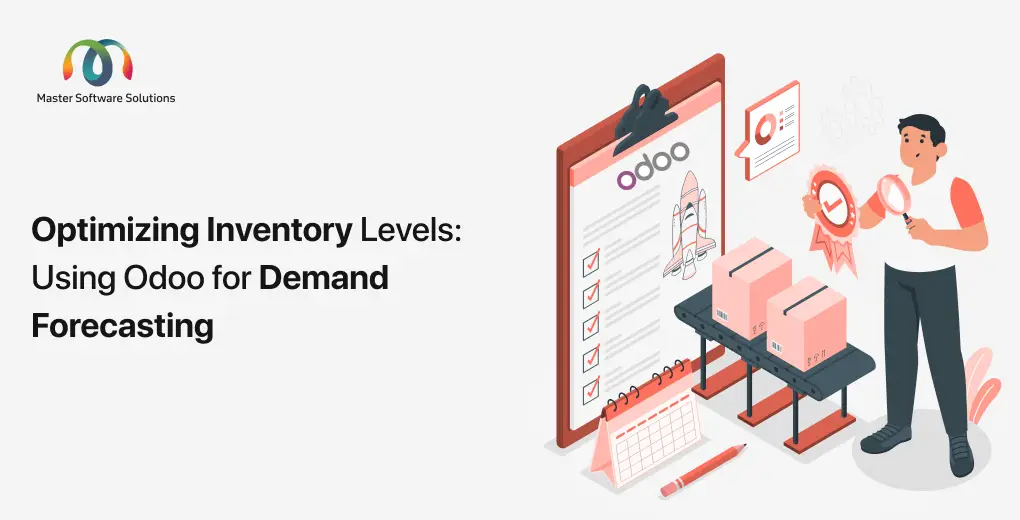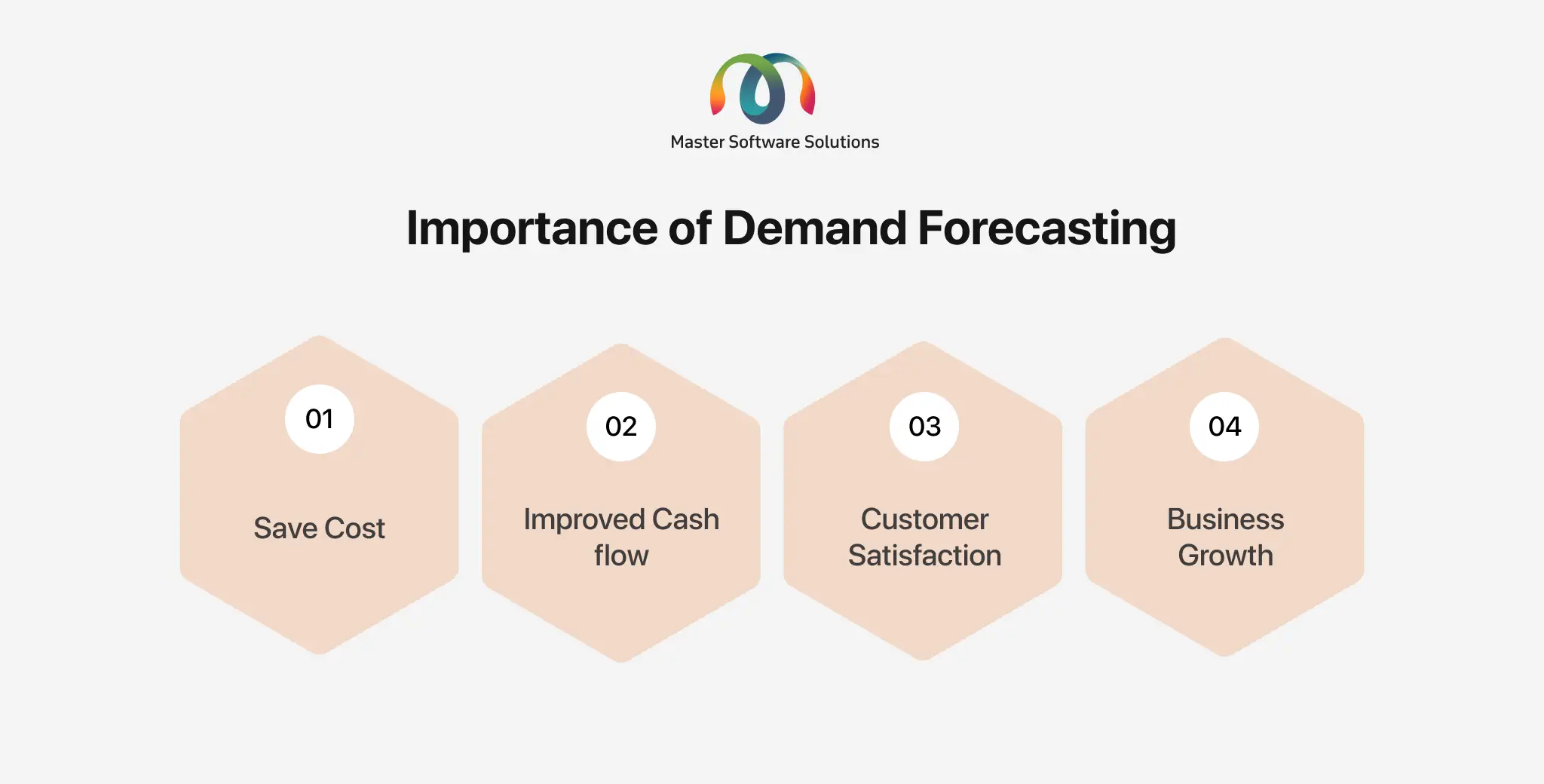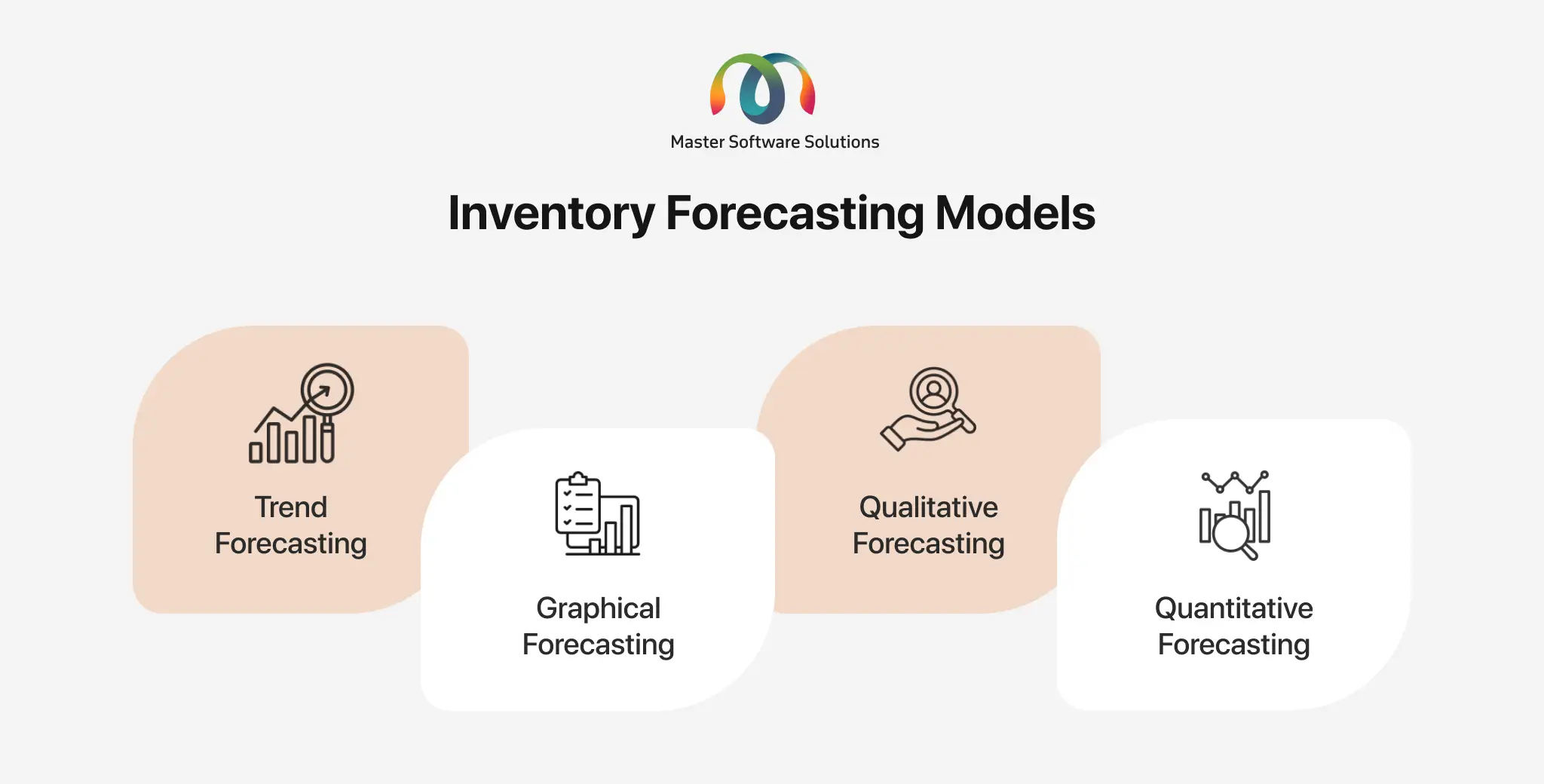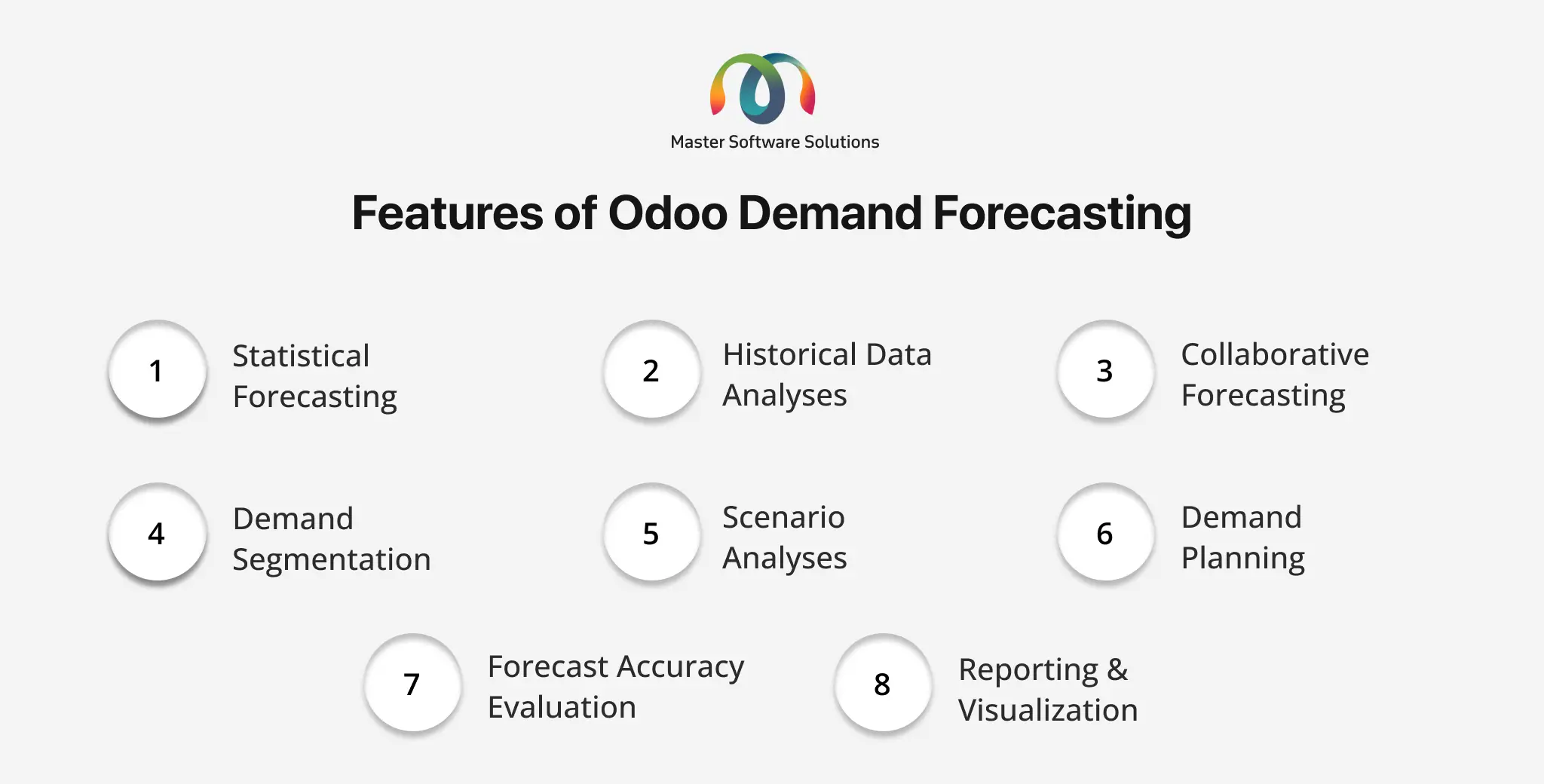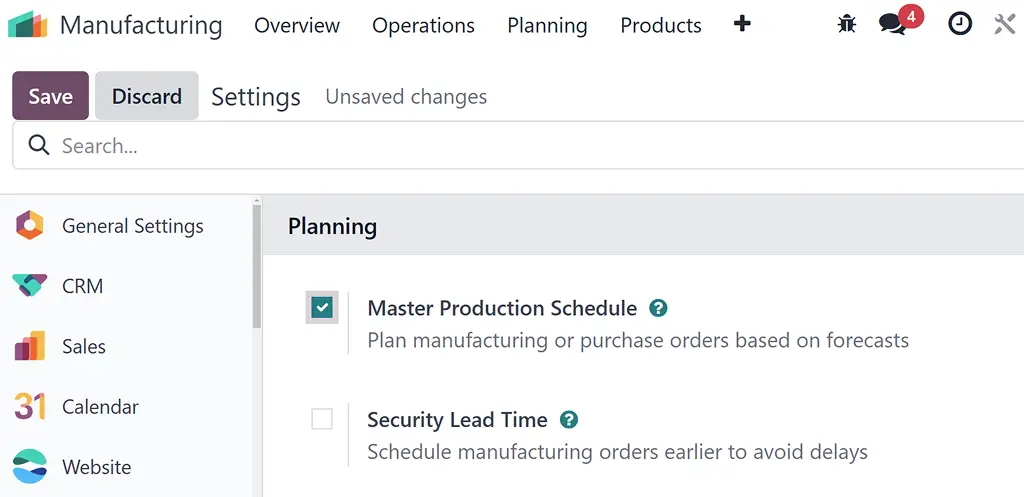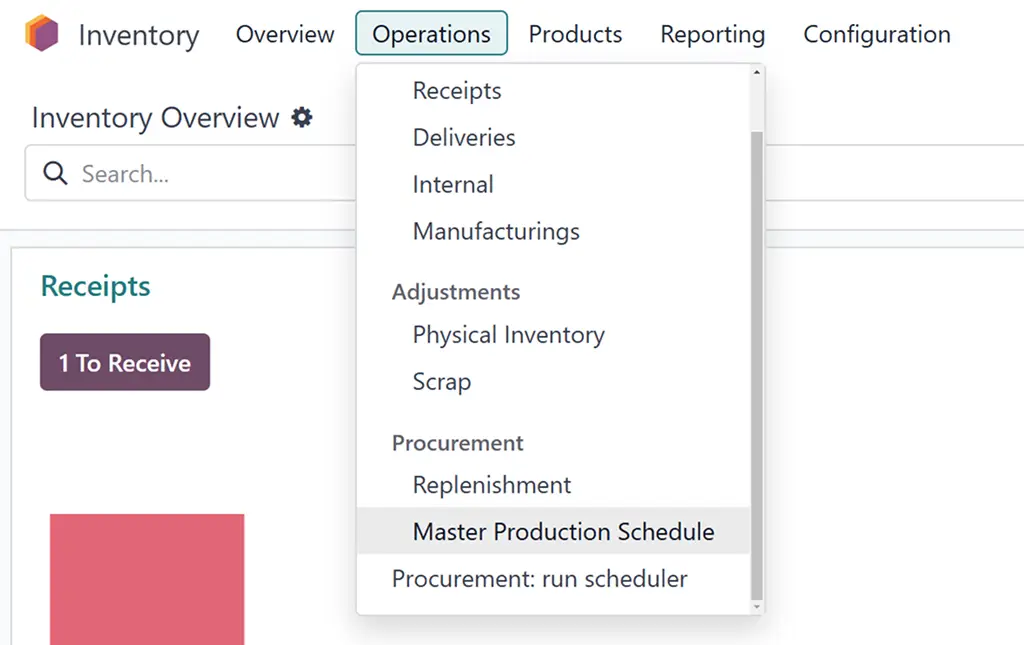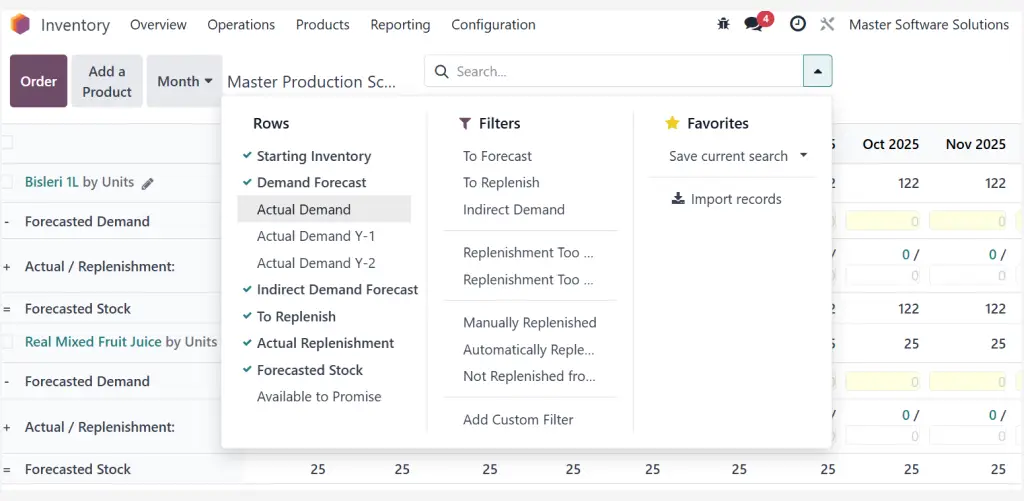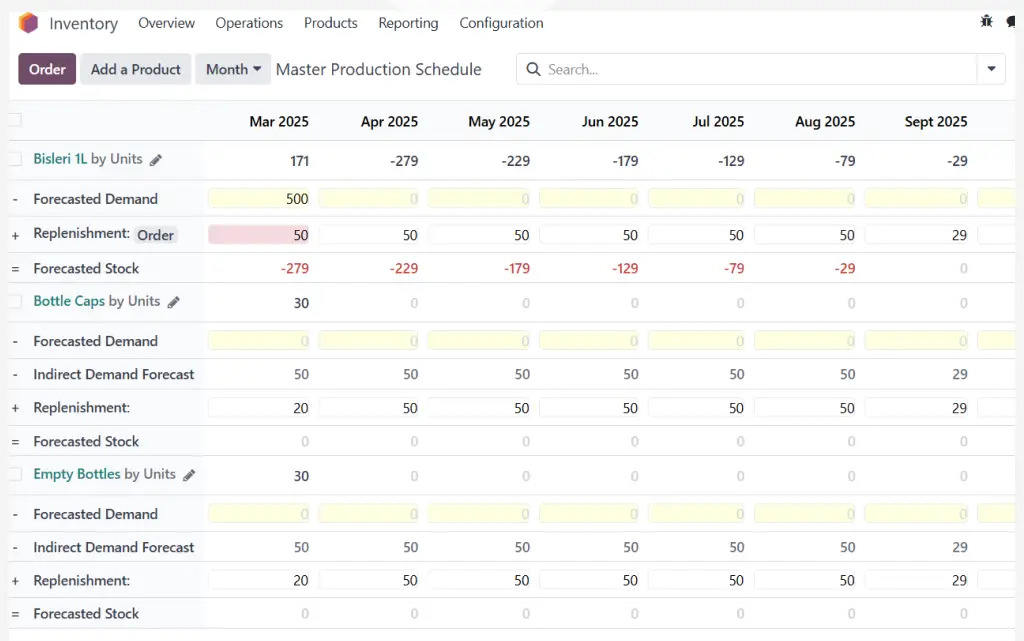Optimizing Inventory Levels: Using Odoo for Demand Forecasting
Customer demands are constantly evolving, making it important to know how much inventory you need to meet them. Businesses can maintain optimum inventory based on demand forecasting. This can help you timely cater to your customer, enhance customer satisfaction, and increase profitability.
We know how difficult it is for small and medium enterprises (SMEs) to balance overstocking and stockouts. Implementing effective inventory management strategies and anticipating demands can assist businesses in optimizing inventory levels.
This blog article will explore how demand forecasting can help businesses streamline and optimize inventory.
What is demand forecasting?
Demand forecasting includes analyzing historical data, market trends, customer behavior, and other relevant factors to predict future demand for a particular product or service – what and how much customers are likely to buy. This helps predict future demands precisely.
Inventory forecasting Vs. replenishment
If you are considering implementing an ERP system, it is crucial to understand the difference between inventory forecasting and replenishment.
Inventory forecasting is a proactive process for anticipating future demand. It allows businesses to manage inventory levels and lower inventory storage costs.
On the contrary, inventory replenishment is a reactive process. It includes replacing sold or utilized stock with new ones.
Why is it important?
Maintaining optimum inventory is crucial to meet customer demands without delays, unnecessary stockouts, or overstocking/inventory wastage. Efficient inventory management helps you:
- Save cost – It prevents product spoilage and lowers storage costs.
- Improved cash flow – You know what customers want. It enables you to cater to customer demands effectively.
- Customer satisfaction – Optimum inventory levels ensure you always have the products, enabling you to fulfill customer demand.
- Business growth – Savings from inventory enable you to scale your business.
Challenges faced without accurate demand forecasting
Inefficient or no demand forecasting can lead to order fulfillment delays and missed sales opportunities. Challenges faced without accurate demand forecasting are:
- Not having optimal inventory levels, leading to stockouts and overstocking
- Delayed order fulfilment and reduced customer satisfaction
- Product spoilage if products are not sold on time
- Financial losses due to product spoilage
- High product storage cost
Inventory forecasting models
Different businesses need different solutions. Not one inventory forecasting model fits every business. The forecasting must depend on data and formulas for precise numbers. It is crucial to choose the right method based on stocking issues, personal insights, feedback from sales, and market research. Some of the common inventory forecasting models are:
Trend forecasting
Trends refer to changing customer demand over a period. This forecasting model projects possible patterns while considering seasonal fluctuations using historical sales and growth data. Granular sales data shows specific customers and types of customers are likely to make purchases. Businesses can use this data to create strategies and offer sales to improve profits.
Graphical forecasting
This shows trend forecasting data to show sales peaks and valleys, providing better and clearer data graphs. Businesses identify patterns from various data points and add sloped lines to the graph to explore possible directions.
Qualitative forecasting
This model involves analyzing non-measurable factors, such as social, economic, and political factors, to predict future demands. It uses market research, focus groups, and sales feedback and works best for new businesses or products.
Quantitative forecasting
It is also known as statistical demand forecasting. It uses historical data and mathematical calculations to anticipate future business demands.
Quantitative forecasting time series analyses, exponential smoothing, and moving average.
Note*
Time series analyses – use historical data to predict demand.
Exponential smoothing – Used for short-term forecasts. It assigns exponentially decreasing weights for past observations.
Moving average forecasting – Demand is calculated by taking an average of recent historical data over a specific time.
Features of Odoo demand forecasting
Odoo is an enterprise resource planning (ERP) platform that provides multiple business management modules, including inventory. It also offers advanced features and functionalities to forecast demand efficiently and streamline replenishment. The features of Odoo demand forecasting are:
Statistical forecasting
Odoo employs inventory forecasting methods, such as the moving average method and exponential smoothing, to identify patterns and trends in data. It uses statistical algorithms to analyze historical data and anticipate demands accurately.
Historical data analyses
The Odoo system analyzes historical data from past sales, customer orders, and inventory. It provides actionable insights into demand fluctuations and makes informed anticipations.
Collaborative forecasting
You can collaborate with external partners like suppliers and distributors to align supply and demand to improve lead times and optimize inventory.
Demand segmentation
You can segment your demand forecast based on product categories, customer segmentations, geographical regions, or sales channels. This allows you to understand fluctuations in demand patterns and create custom strategies to improve sales.
Scenario analyses
You can employ what-if scenarios and evaluate their impacts on demand forecasts. It considers price changes and market trends for what-if analyses, enabling you to access variables that influence demand and make smart decisions.
Demand planning
Odoo offers tools for analyzing historical data and anticipating estimated future demand. It enables you to create demand plans for different products and define forecast horizons (a period over which future projects and predictions are made) and forecasting parameters.
Forecast accuracy evaluation
Odoo provides tools to evaluate the accuracy of your demand forecasts. It compares forecasted values with actual sales, allowing you to measure the effectiveness of the forecasted data and method.
Reporting & visualization
The system represents the data graphically, offering a clearer and more holistic view. It can generate custom reports, charts, and graphs, which you can present to your stakeholders and make informed decisions.
How does Odoo help in demand forecasting?
Odoo’s inventory module provides demand forecasting for accurate demands and maintains optimum inventory levels. It analyzes historical data and market trends to avoid stockouts and overstocking.
Odoo offers the Master Production Schedule (MPS) to forecast demand based on the current and previous inventory reporting periods. To use Odoo’s Master Production Schedule:
Step 1: Enable MPS functionality from manufacturing’s settings.
Step 2: Go to inventory and click on Master Production Schedule under the operations submenu.
Step 3: Click on Add a Product. Add products to the Master Production Schedule (MPS) and define safety stock targets, along with minimum and maximum quantities for each planning period.
Step 4: Select the fields you want to see on MPS.
What are the benefits of demand forecasting for businesses?
Odoo offers AI and ML-powered features for accurate forecast demand. Its Master Production Schedule feature ensures sufficient products in your warehouse to fulfill customer demands. The benefits of demand forecasting are:
Enhanced demand planning
Effective demand forecasting can reduce forecasting errors by 50%. Forecasting demand accurately helps you meet customer demands on time, improve satisfaction rates and maximize revenue. It empowers you to predict customer preferences and seasonal trends fluctuations.
Reduced stockout & overstock
It is crucial to maintain optimum inventory levels to prevent stockouts and overstock. Stockouts – products are unavailable, leading to missed sales opportunities and dissatisfied customers. On the contrary, overstocking is when the product is available in excess, which ties up capital and storage space and reduces profits. In 2023, businesses lost $1.77 trillion due to stockouts and overstocking.
Competitive advantage
Inventory forecasting empowers businesses to respond quickly to changing market and customer trends. This enables them to provide better product visibility and customer service to improve the customer experience.
Global Retail Outlook 2024, by Deloitte, states that retailers will significantly increase data sharing and collaboration with value chain partners to improve forecasting effectiveness for efficient supply chains and anticipating goods demands. We will also likely see an inflated forecasting speed, with almost half of the retailers involved in the survey identifying artificial intelligence (AI) as a key tool for automating this process.
Improved cash flow
The system enables businesses to anticipate precise demand and align inventory levels accordingly. This helps reduce the money tied to excess inventory and allows businesses to invest in major operations. It is found that 82% of all businesses fail due to poor cash flow management.
How can Master Software Solutions help?
Master Software Solutions is an IT service and digital transformation service provider with more than 12 years of experience. We are Odoo Ready Partners, and our Odoo expertise can help you implement and develop custom modules based on your business needs.
We provide various Odoo plugins, including Route Optimization for efficient deliveries and a B2B volume-based Pricing plugin that enables you to automatically adjust price slabs predefined by you based on past sales.
We offer end-to-end Odoo Consulting Services, including Odoo ERP implementation. Book a call with our experts to see how we can help you.
